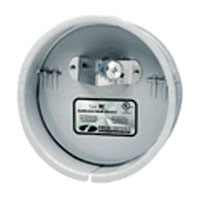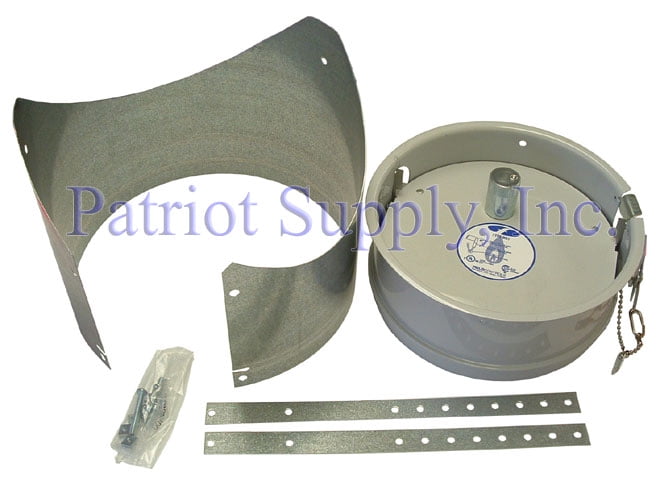

Generally, the draft regulator is set to the lowest draft that gives good combustion and proper oil burner operation. When I did my testing however, as uncomfortable as it may be, you need to close the door. When you do your testing in the summer, you will leave the boiler room door open. Most, if not all, of these rooms had outside air vents when they were first designed, but over the years they have been closed off, had a new roof installed over them or just simply removed because no one knew what they were there for. I have never seen an outside boiler room with any more space in it than what the heating appliance needs. In many homes the boiler room is in the back of the house and accessed through a separate door from the house. Also, a major problem to affect draft is outside boiler rooms. Also a second unit using the same chimney as the heater, say a water heater, will affect the draft. Do you think that reading would be the same in February without the help of the draft regulator? The winds and the outdoor temperature all affect the draft. Let’s say that you measure the draft July and get a reading of -.04 in the smoke pipe. Since the chimney draft varies greatly, we need a way to stabilize it. Too little draft can result in incomplete combustion, soot, puff backs, and in an extreme case, carbon monoxide. Too much draft will decrease the efficiency of the heating appliance, increasing cost, but it will also increase chimney temperatures (stack temperature) to an unsafe level. The gases moving through this process is called the draft. The gases that are produced must be discharged back to the outside environment.

This air is combined with the fuel and is part of the combustion process. That air may be in the boiler room or delivered by mechanical means, but it is still combustible air. Why do you need a draft regulator at all? Air that is used for combustion is called combustible air. There are so many still like this in the field, don’t leave it like this!
FIELD BAROMETRIC DRAFT CONTROL INSTALL
How many times have you seen it installed in the ‘run” of the tee? We used to install the tee so that the flue pipe would make a right angle from the appliance to the chimney, remember? It was so convenient to check and clean out the chimney base, but it was wrong! Well, we were all wrong. To be certain of the terminology, the straight run of the tee is called the ‘run” and the 90 degree connector, in the middle, is called the ‘bull.” The draft regulator is to be inserted into the ‘bull” of a smoke tee between the heating appliance and the chimney, and usually a minimum of 18″ from the appliance. In this way you adjust the draft over the fire in the appliance.

You adjust the weight to control the amount of the opening of this damper which in turn controls the amount of excess air that can enter the flue and chimney when the oil burner is operating. On oil fired equipment, the draft regulator is typically a round device with a swinging door, which will only swing one way, and with an adjustable weight on it, which will allow you to adjust it to control the draft. To be sure you understand me, the draft regulator I am referring to here is used only on oil-fired heating equipment, not on gas-fired equipment. Well, that’s when car bumpers had chrome. Yes, even water heaters! I can’t tell you how many times I have seen water heaters installed without a draft regulator installed, and a stack temperature over 900° or 1,000° F, and a draft over the fire that (as we used to say) would suck the chrome off a bumper.

Userinfo: 130162 E-COMMERCE 130162 9 VC 50 PORTLAND ROAD PO BOX 367 WEST CONSHOHOCKEN PA 19428 US None 2989 BRANCH C3 Credit OK Bid Show w/ Qty Entity Information retrieved successfully. Steam Vents, Traps, Regulators & Strainers.


 0 kommentar(er)
0 kommentar(er)
